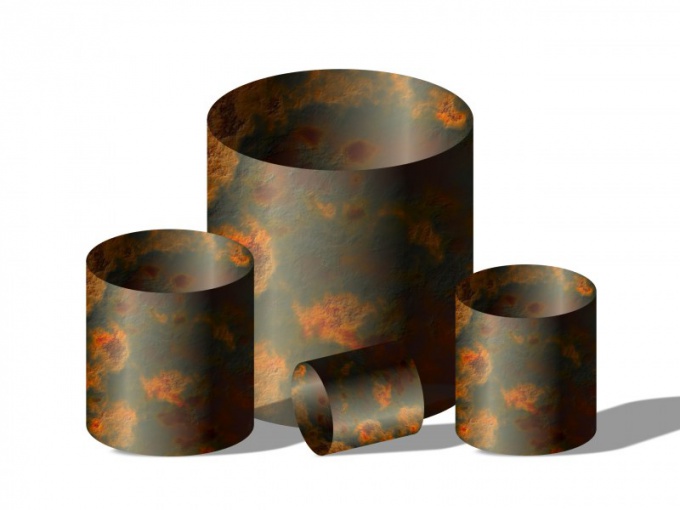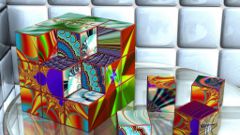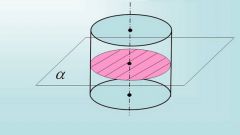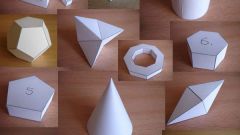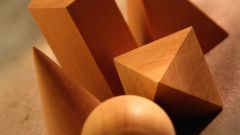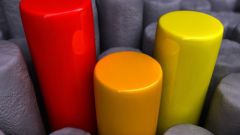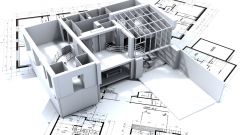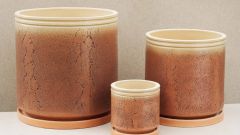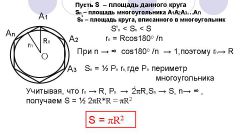You will need
- line;
- calculator;
- the notion of circle area and circumference.
Instruction
1
Determine the area of the bases of the cylinder. To do this, measure with a ruler the diameter of the base, then divide it by 2. This will be the base radius of the cylinder. Calculate the area of a single base. To do this, lift the value of its radius squared and multiply by a constant π, Kr= π∙R2 where R is the radius of the cylinder, and π≈3,14.
2
Find the total area of the two bases, based on the definition of the cylinder, which suggests that its base are equal. The area of one circle of the base, multiply by 2, On=2∙Kr=2∙π∙R2.
3
Calculate the area of the lateral surface of the cylinder. To do this, find the circumference, which restricts one of the bases of the cylinder. If the radius is already known, we calculate it by multiplying the number of 2 π and the base radius R, l= 2∙π∙R, where l is the circumference of the base.
4
Measure the length of the generatrix of the cylinder, which is equal to the length of a segment connecting corresponding points of the base or their centers. In a typical straight cylinder forming L is numerically equal to its height H. Calculate the area of the lateral surface of a cylinderby multiplying the length of its base for forming BOC= 2∙π∙R∙L.
5
Calculate the area of the surface of the cylinder, by adding up the area of bases and lateral surface. S=On+ Bok. Substituting the formulae the values of the surfaces, obtain S=2∙π∙R2+2∙π∙R∙L, bring the total multipliers S=2∙π∙R∙(R+L). This will calculate the surface of the cylinder by means of a single formula.
6
For example, the diameter of the base of a direct cylinder is 8 cm and its height is 10 cm, Determine the area of its lateral surface. Calculate the radius of the cylinder. It is equal to R=8/2=4 cm Forming a direct cylinder is equal to its height, i.e. L=10 cm For calculations using a single formula, it's more convenient. Then S=2∙π∙R∙(R+L), substitute the corresponding numerical values S=2∙3,14∙4∙(4+10)=351,68 cm2.
